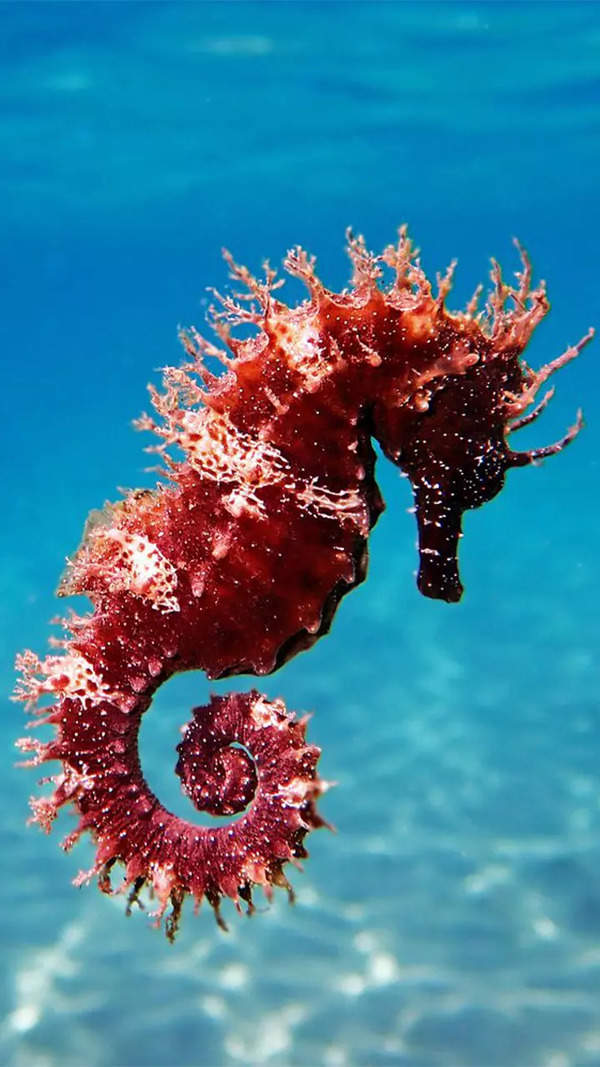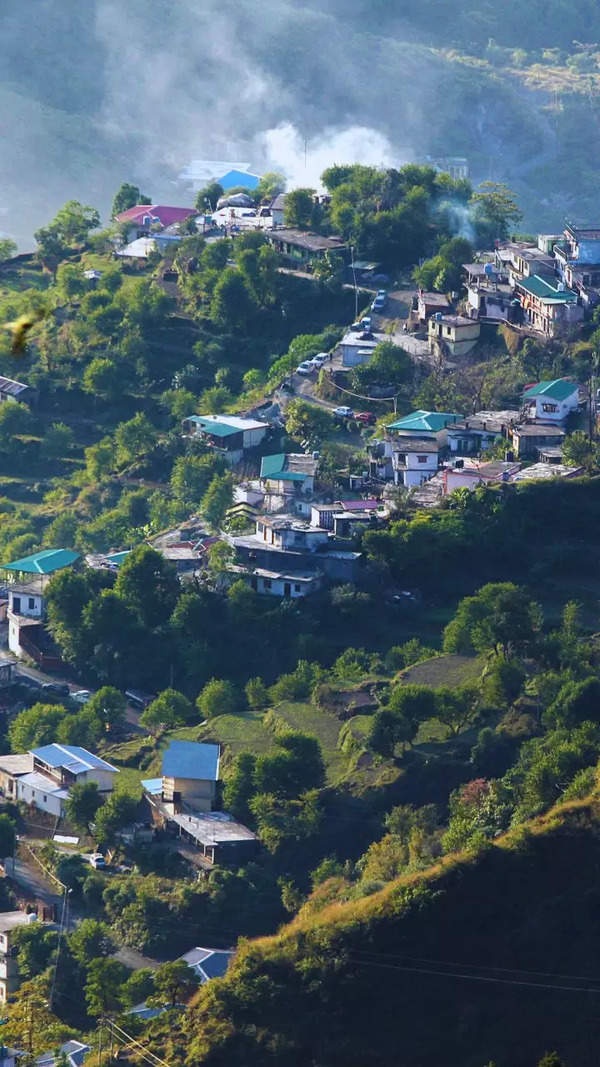- News
- World News
- Rest of World News
- Dropped for suicide pilots: Story behind the World War II bomb that created chaos at Miyazaki Airport
Trending
This story is from October 3, 2024
Dropped for suicide pilots: Story behind the World War II bomb that created chaos at Miyazaki Airport
An American World War II bomb exploded near a runway at Miyazaki Airport in Japan, causing the cancellation of over 80 flights. The bomb, discovered during a military drill, created a large crater and prompted immediate repairs. The airport resumed operations the next morning.
An American bomb from the World War II era exploded near a runway at Miyazaki Airport in Japan on Wednesday, leaving a large crater and causing the cancellation of more than 80 flights. The bomb, believed to have been dropped during an air raid to neutralise Japanese aircraft, was part of a military drill aimed at preventing "kamikaze" attacks, officials said.
The Japan Ground Self-Defense Force confirmed the source of the explosion, stating that the bomb had been buried beneath the surface for decades.
Budget 2025 Updates
- Income Tax Slabs Budget 2025 Live: How much income tax will middle class taxpayers save? FM Sitharaman's big tax announcements decoded
- New vs old income tax regime after Budget 2025: Post income tax slab changes, which tax regime is better for salaried middle class taxpayers?
- Latest income tax slabs FY 2025-26
A video captured by a nearby aviation school showed the blast spewing asphalt into the air, with debris falling like a fountain.
Miyazaki Airport, which was originally built in 1943 as an Imperial Japanese Navy flight training field, has a historical connection to World War II. Some pilots took off from the site on suicide missions. The area has since been the location of several discoveries of unexploded ordnance left by the US military during the war, according to Defence Ministry officials.
Hundreds of tons of unexploded bombs from World War II remain buried across Japan and are occasionally uncovered during construction work, posing a persistent danger.
What is a Kamikaze bomber?
A kamikaze bomber refers to a Japanese military pilot who carried out deliberate suicide missions during World War II, particularly in the war's latter stages. The term "kamikaze" comes from the Japanese words "kami" (meaning divine) and "kaze" (meaning wind), translating to "divine wind." These pilots would crash their planes, often loaded with explosives, into enemy ships or military targets, sacrificing their lives to inflict maximum damage.
The kamikaze tactic was primarily employed by the Japanese Imperial Navy and Air Force against Allied naval vessels, notably during the Battle of Okinawa and other Pacific Theater battles. This strategy emerged as a desperate last resort as Japan's military resources dwindled, aiming to slow the advance of Allied forces.
Kamikaze pilots were typically young men who viewed their missions as an honourable duty to defend their homeland. These attacks became a symbol of extreme sacrifice and determination in the face of imminent defeat.
The kamikaze strategy, though costly, inflicted heavy damage on Allied warships throughout the conflict, but ultimately failed to turn the tide of the war.
Get real-time updates on Budget 2025 and Income Tax Slabs on Times of India. Check out the latest income tax slabs FY 2025-26.

About the Author
TOI News DeskEnd of Article
FOLLOW US ON SOCIAL MEDIA
Visual Stories
Hot Picks
TOP TRENDING
Explore Every Corner
Across The Globe
Charlotte FlairBudget for NRICody RhodesRoyal Rumble 2025 Winners ListRoyal Rumble Memorable Moments
Budget 2025What is cheaper and costlier in budgetRavichandran AshwinNew Tax Regime vs Old Tax RegimeBudget Speech
Income Tax SlabsIncome Tax Relief For Middle ClassBudget HighlightsPhiladelphia Plane CrashDraymond Greens Wife








